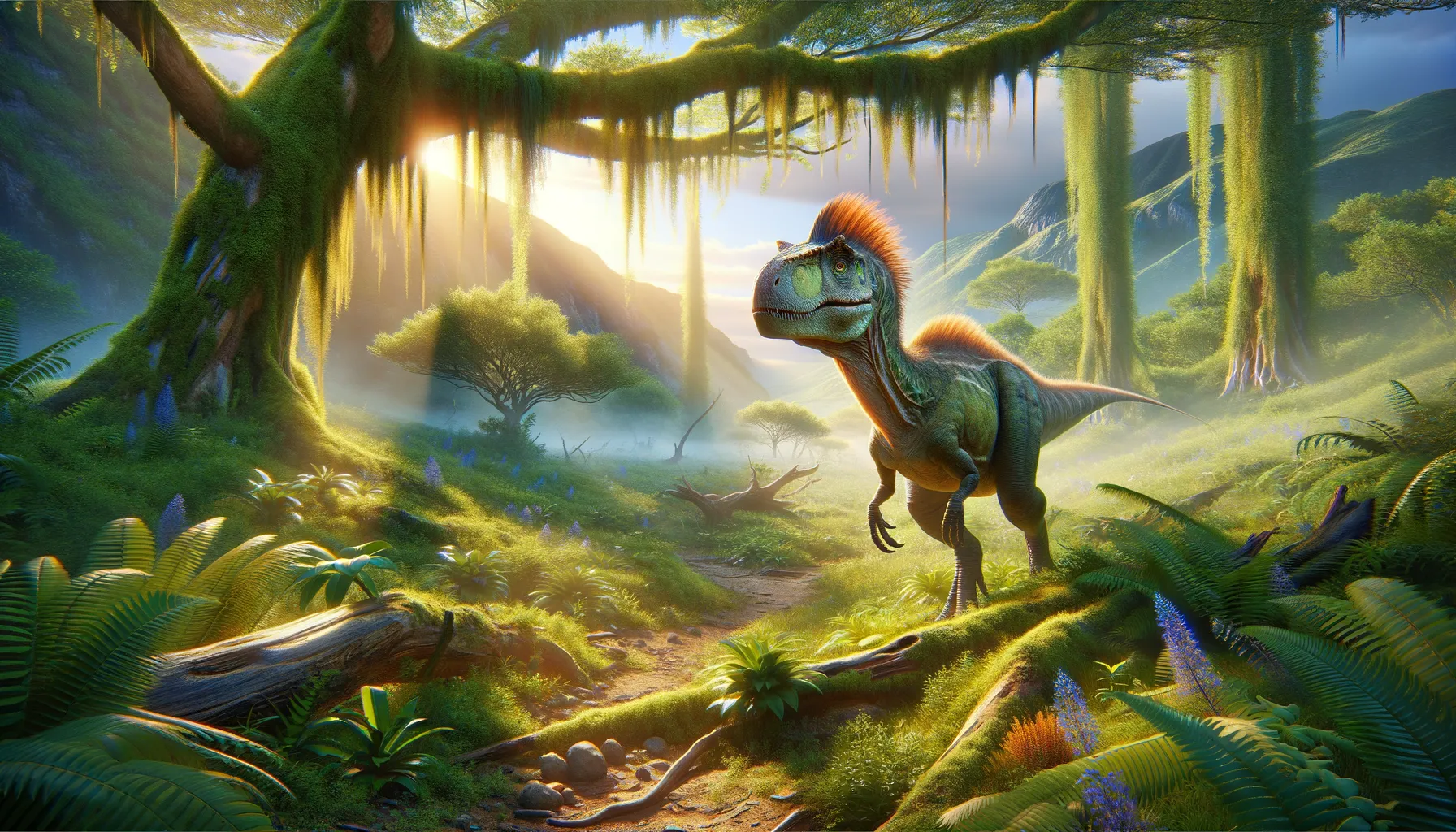
Owenodon
Grazing through history's wilderness.
Period
Cretaceous
Length
Approximately 3 meters long.
Height
Roughly 1 meter tall.
Weight
Estimated around 300 kilograms.
Owenodon was a herbivorous dinosaur that lived during the Cretaceous period. It was a medium-sized dinosaur, notable for its beaked mouth which was used to efficiently graze on low-lying plants. Its fossils have been primarily found in southern England. Researchers believe it played a key role in its ecosystem, contributing to plant management through its feeding habits.
Diet
Owenodon was a herbivore, primarily feeding on low shrubs and bushes. Its beak-like mouth was adapted for cropping vegetation efficiently.
Hunting
As a herbivore, Owenodon did not hunt. It spent much of its time searching for and consuming plants in its environment.
Environmental challenges
Owenodon faced various environmental challenges including competition for food with other herbivores. Predation pressures from carnivorous dinosaurs also posed a constant threat. Climatic changes could affect vegetation growth, influencing its food supply. Navigating these threats required adaptation and possibly changes in its feeding patterns.
Speed
Moderate, suited for grazing.
Lifespan
Approximately 20 to 30 years.
First discovery
Discovered in 1874, named in 2004.
Fun Facts
- Owenodon is named after the famous paleontologist Richard Owen, who was known for coining the term 'dinosaur'.
- This dinosaur lived during the Early Cretaceous period, about 142 to 127 million years ago.
- Owenodon is believed to have been a herbivore, feeding on plants and foliage.
- The discovery of Owenodon was based on a fossilized jawbone found in southern England.
- Owenodon was likely a small to medium-sized dinosaur, similar in size to modern llamas.
- The first fossils of Owenodon were found in the 1870s, though it took over a century for scientists to realize they belonged to a new species.
- Being a member of the iguanodontians, Owenodon was related to the more well-known Iguanodon.
Growth and Development
Owenodon is believed to have experienced steady growth throughout its life, reaching maturity in just a few years. It likely went through stages of rapid growth when food was abundant. Its development included the strengthening of limb bones to support its grazing lifestyle. Successful growth rates varied with environmental conditions and resource availability.
Habitat
Owenodon inhabited regions that were lush with plant life, providing ample food sources. It preferred areas with abundant low-lying vegetation which suited its feeding style. Its habitat included what is now southern England, suggesting a temperate climate during its time. Proximity to freshwater sources would have been crucial for its survival.
Interaction with other species
Owenodon likely coexisted with a variety of other dinosaurs and smaller vertebrates. Its presence would contribute to the ecological balance by managing plant growth. Interaction with predators would typically be as prey, necessitating group behavior or stealth for survival. Its role in the food chain was primarily that of a plant consumer.
Natural lifespan
Owenodon had a natural lifespan of around 20 to 30 years.
Reproduction
Owenodon likely reproduced by laying eggs, as inferred from similar species. Parental care post-hatching is uncertain but could involve guarding nests. Its reproductive success depended on environmental conditions and predation pressures. The number of offspring and survival rates would vary with changing climates.
Social behaviour
Owenodon may have exhibited social behavior, forming herds for protection and cooperative feeding. Group living could deter predators and ensure greater feeding opportunities. Social dynamics likely involved interactions focused on boundary setting within herds. Such behavior was crucial for adapting to environmental and predatory challenges.
Fossil locations
Owenodon fossils have predominantly been discovered in southern England. These finds have provided valuable insights into its physical structure and lifestyle. The presence of its fossils in this region suggests it thrived in environments that existed there during the Cretaceous period. Each fossil discovery adds to the narrative of its evolutionary history.
